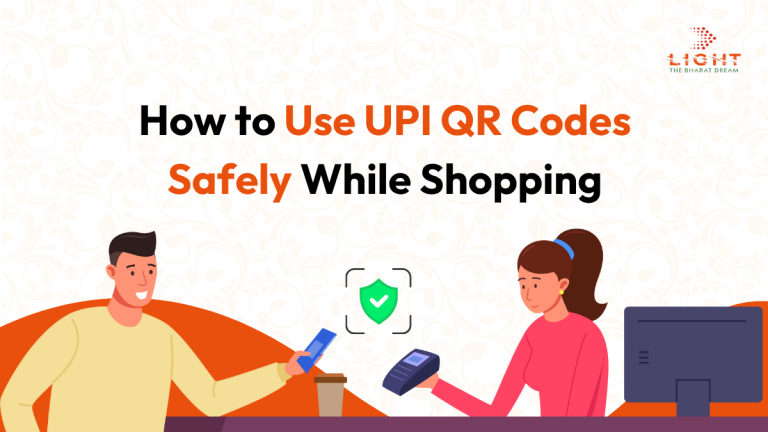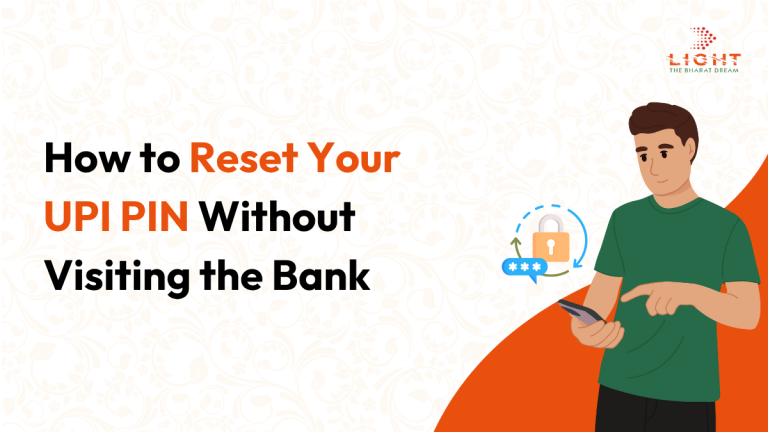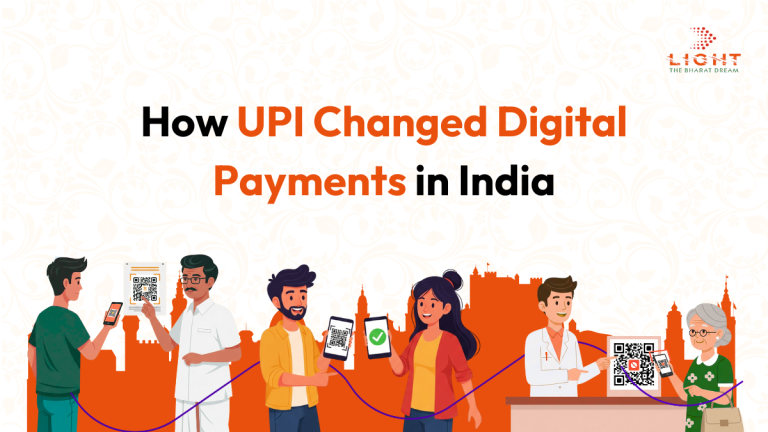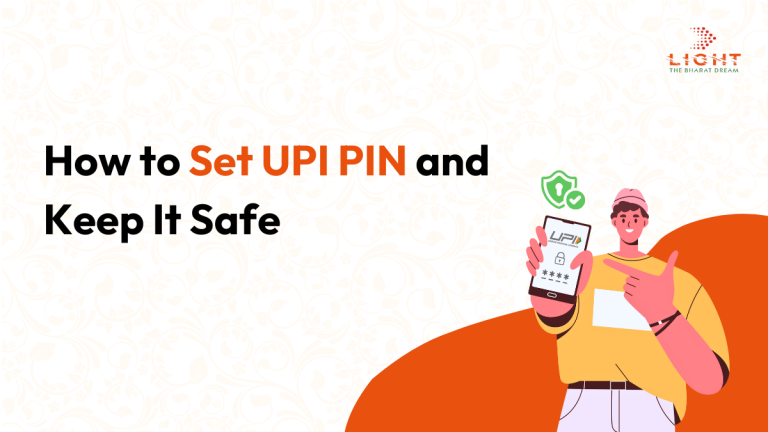How to Spot and Avoid UPI Frauds
The Unified Payments Interface (UPI) has significantly transformed digital transactions in India, offering a fast, convenient, and real-time payment solution. With over 10 billion transactions processed monthly (as per NPCI data), UPI has become the backbone of India’s digital economy.
However, the rapid adoption of UPI has also led to an increase in cyber frauds. According to the Reserve Bank of India and CERT-In, UPI-related frauds are among the most commonly reported digital payment scams in the country. These frauds exploit user inattention and lack of awareness, rather than flaws in the UPI infrastructure itself.
This article explores the common types of UPI frauds, how they work, and practical steps to prevent falling victim.
Common Types of UPI Frauds
1. Phishing and Fake Links
Fraudsters often send SMS, emails, or messages via WhatsApp that mimic bank or payment app communication. These messages contain links that redirect users to fake UPI login pages designed to steal credentials.
What to watch for: Unexpected messages asking you to “verify” your UPI account. Links that closely resemble official UPI app URLs.
How to stay safe: Never click on suspicious links. Always download and access UPI apps from official sources like the Google Play Store or Apple App Store.
2. Fraudulent Payment Requests
A common scam involves receiving a collect request on UPI from someone claiming to send you money. In reality, approving this request results in money being debited from your account.
Red flag: Any message or call instructing you to enter your UPI PIN to receive money.
Safety tip: You do not need to enter your UPI PIN to receive payments. Reject any such collect requests immediately.
3. Fake QR Codes
Scammers may send fake QR codes via WhatsApp, email, or social media, claiming they will help you receive money. However, scanning the code actually authorizes a payment from your account.
Prevention: Do not scan QR codes shared by unknown or unverified contacts. Use QR codes only for sending payments to trusted individuals or businesses.
4. Impersonation and Fake Customer Support
Scammers post fake customer service numbers online or on social platforms. When contacted, they impersonate UPI app support staff and ask for confidential details like your UPI PIN, OTPs, or to install screen-sharing apps.
Key signs of fraud: Requests to install apps like AnyDesk or TeamViewer. Requests for sensitive banking credentials.
Action: Use only official support channels listed on the app or bank website. Never share your UPI PIN or OTP with anyone, even if they claim to be from customer support.
5. Remote Access and Malware
Some attackers trick users into installing remote access software, allowing them to monitor or control the victim’s device. These apps can be used to gain access to UPI apps and carry out unauthorized transactions.
Protective measures: Avoid downloading unknown apps or clicking on ads promising rewards or cashback. Keep antivirus and device security software updated.
6. Fake Cashback Offers
Fraudsters send messages or calls promising cashbacks or rewards if the user clicks a link or makes a nominal UPI payment. The link leads to a phishing page, or the small payment authorizes further deductions.
Prevention: Genuine cashback offers never require personal information or upfront payments. Verify offers only through official apps or websites.
7. Social Media Marketplace Scams
Scammers list products for sale on social media platforms at attractive prices. Once the buyer transfers money via UPI, the seller disappears and the product is never delivered.
Prevention: Avoid making advance payments to unknown sellers. Check seller reviews and insist on cash on delivery wherever possible.
8. SIM Swap Fraud
Fraudsters obtain a duplicate SIM card linked to your phone number by convincing the telecom operator. Once they gain control of your mobile number, they can intercept OTPs and initiate UPI transactions.
Prevention: Regularly monitor your mobile network status. Report sudden loss of network immediately to your telecom provider.
9. Fake Loan Apps
Fraudulent apps offer instant loans but demand a small processing fee via UPI upfront. After payment, the app disappears or continues to harass victims for more money without providing any loan.
Prevention: Verify loan apps with RBI’s list of registered NBFCs. Avoid sharing documents or paying fees to unknown apps.
10. Overpayment Scams
A scammer posing as a buyer intentionally sends a higher UPI payment than required and asks the victim to refund the excess amount. The original transaction later turns out to be from a stolen account or gets reversed, leaving the victim with a loss.
Prevention: Avoid refunding unknown individuals without verifying the source and legitimacy of the original payment.
General Safety Tips to Avoid UPI Frauds
Keep your UPI PIN confidential. Never share it, even with family or bank representatives. Verify all recipient details before making any payment. Use app locks or biometric authentication for added security. Avoid using public Wi-Fi while making digital transactions. Regularly check your transaction history and bank statements. Report suspicious activity immediately to your bank or UPI service provider.
- Never Share Your UPI PIN or OTP
Your UPI PIN and OTPs are strictly private. No bank, app, or support staff will ever ask for them. Sharing these details can give fraudsters direct access to your bank account. - Always Verify Before Approving Payments
Before sending money or approving any payment request, double-check the recipient’s name and UPI ID. Remember, you do not need to enter your UPI PIN to receive money. - Avoid Clicking on Unknown Links
Ignore links received via SMS, email, or messaging apps that promise cashback, rewards, or urgent account updates. These are often phishing traps. Always use official apps and websites for transactions. - Use Only Official UPI Apps
Download UPI apps like BHIM, Google Pay, PhonePe, or Paytm only from the official app stores. Avoid installing apps from unknown sources or third-party websites. - Monitor Your Transactions Regularly
Check your bank statements and app transaction history frequently. Report any suspicious or unfamiliar transactions to your bank or UPI app provider immediately.
What to Do If You Are a Victim of UPI Fraud
Immediately notify your bank or UPI app provider to block further transactions. Call 1930, the National Cyber Crime Helpline. File a complaint online at cybercrime.gov.in. Preserve all communication (screenshots, messages, transaction details) for documentation and investigation.
As per RBI guidelines, if you report unauthorized digital transactions promptly, you may be eligible for compensation depending on the circumstances.
Conclusion
While UPI is a secure platform backed by the National Payments Corporation of India (NPCI), its misuse often stems from user error and lack of awareness. Scammers exploit social engineering techniques to manipulate people into voluntarily disclosing sensitive information.
By staying vigilant, verifying requests, and following basic cybersecurity hygiene, users can enjoy the benefits of digital transactions without falling prey to fraud.
For more information, always refer to your bank’s official website or the NPCI guidelines on UPI security.







